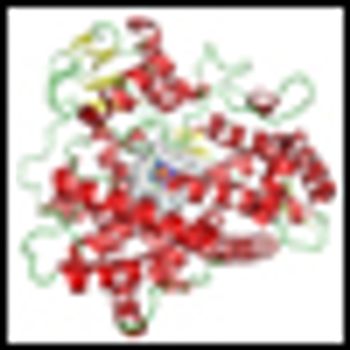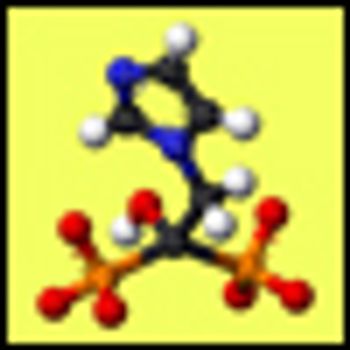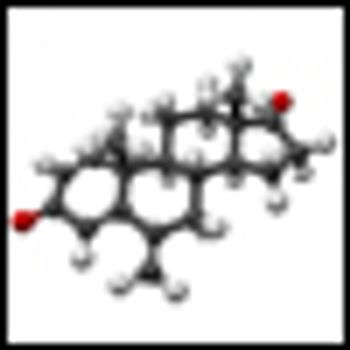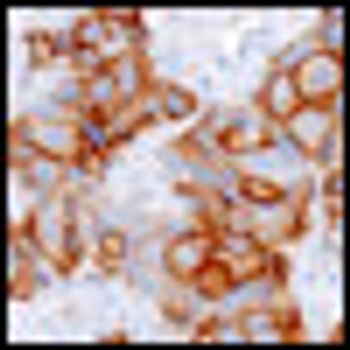
Given the abundance of breast cancer data, this review will focus on breast cancer–related lymphedema. However, the principles and controversies discussed are relevant regardless of the type of malignancy to which the lymphedema is attributed.

Your AI-Trained Oncology Knowledge Connection!



Given the abundance of breast cancer data, this review will focus on breast cancer–related lymphedema. However, the principles and controversies discussed are relevant regardless of the type of malignancy to which the lymphedema is attributed.

The etiology and risk factors of breast cancer–related lymphedema (BCRL) are multifactorial and not fully understood.

Triple-negative breast cancer is aggressive, has a high rate of metastases, and carries a poor prognosis. Dr. Joyce O’Shaughnessy, who will be presenting at the Miami Breast Cancer Conference, discusses an overview of new therapies for triple-negative breast cancer.

Two studies published today help clarify how to interpret CYP2D6 genetic testing and the results will likely affect the current trend of CYP2D6 genotyping prior to tamoxifen usage in early-stage ER-positive breast cancer patients.

Four publications on cancer treatment during pregnancy were published last week in the journal Lancet, serving as new treatment guidelines for chemotherapy and surgery in pregnant patients with solid tumors and hematologic malignancies.

Dr. Gunter von Minckwitz discusses the recent paper he authored that showed that bevacizumab in addition to neoadjuvant chemotherapy significantly increased the rate of pathological complete response in patients with early stage HER2-negative breast cancer.

Breast cancer survivorship continues to rise, but the long-lasting psychosocial and quality-of-life changes that occur after treatment need to be studied, as treatment outcomes can lead to negative side effects that outlast the treatment.

It may not be appropriate, nor always considered standard, to recommend neoadjuvant chemotherapy for all patients for whom adjuvant therapy was recommended before surgery. Indeed, tumor size and nodal status play a role, as do hormone receptors, in determining the appropriate extent of adjuvant therapy.

Treatment of HER2-positive cancers has improved rapidly over the past decade, and the pace of progress continues to accelerate. The advances have been fueled in part by the conduct of neoadjuvant studies, which have aided in the development of novel therapies and more effective combination regimens.

This article provides a comprehensive summary of the knowledge gained from recent neoadjuvant trials conducted with agents targeting HER2, and will put them into perspective with current treatment recommendations from American and European guidelines.

A study published in the journal Cancer shows that breast cancer survivors can experience problems with specific mental abilities up to several years after treatment.

Epidemiologist Jack Cuzick, PhD, and colleagues, writing in the Journal of the National Cancer Institute in April, concluded that “tamoxifen-induced reductions in breast density can be used to identify women who will benefit the most from prophylactic treatment with this drug.”

The results of a study presented at the San Antonio Breast Cancer Symposium (SABCS) prompted enough controversy to warrant a statement from 3 major medical societies and an expert panel teleconference on December 14, 2011 to discuss the analysis of data presented by the MD Anderson Cancer Center physicians.

Bevacizumab (Avastin) improved progression-free survival (PFS) in women with HER2-positive locally recurrent or metastatic breast cancer by an average of 3 months when added to standard treatment as first-line therapy in the multinational, randomized, phase III AVEREL study.

Results of 4 trials involving bisphosphonates in a range of protocols and patient cohorts suggest that the role of these agents in preventing recurrence of breast cancer remains to be defined. In 2 of the 4 studies reported, favorable outcomes were obtained following intravenous administration of zoledronic acid. Neither of two trials in which a bisphosphonate was administered orally, however, achieved its primary endpoint.

Although some preventive steps can now be taken by women to reduce environmental factors that contribute to breast cancer risk, much more research is needed to clarify the role of recognized and suspected environmental factors, according to a new report issued by the Institute of Medicine.

Updated findings from the pivotal phase III Breast Cancer Trials of Oral Everolimus (BOLERO-2) study confirm dramatic improvement in progression-free survival (PFS) in women with metastatic breast cancer when the immunosuppressant agent is combined with the hormonal therapy exemestane.

Addition of pertuzumab to a standard chemotherapy combination of trastuzumab and docetaxel led to a 38% reduction in risk of disease worsening or death in patients with HER2-positive metastatic breast cancer, reported investigators from the randomized, double-blind, placebo-controlled phase III CLEOPATRA study.

At this year’s San Antonio Breast Cancer Symposium, new data results from four different clinical trials of bisphosphonate usage in patients with breast cancer will be presented and discussed.

The San Antonio Breast Cancer Symposium brings together basic science researchers and clinicians for the latest breast cancer research-related progress. The symposium has evolved from a 1-day local conference to a 5-day international meeting focusing on clinical, preventive, diagnostic, translational, and basic research.

Cancer Network interviews Kent Osborne, who is the moderator of the year in review session. He has been involved with the meeting since its beginning. The international San Antonio Breast Cancer Symposium is unique as it facilitates the interaction of both basic and science researchers and clinicians to combine the efforts of laboratory research and clinical research for better treatment and patient care.

Is estrogen plus progestin better than estrogen alone for symptom relief in menopausal women? For women who have not had a hysterectomy, adding progestin to estrogen therapy counteracts the increased risk of uterine cancer from estrogen monotherapy. However, the progestin and estrogen combination increases breast cancer risk. The combination treatment also comes with its own side effects, including breast tenderness, which ranges from 8% to 15% of patients in randomized clinical trials.

In a Canadian study of more than 14,000 breast cancer survivors over 65 years of age, current use of tamoxifen appears to be associated with a small increased risk of diabetes. The findings do not mean tamoxifen is a direct cause of diabetes in this patient population, the study authors emphasized, but they said its use may increase diabetes risk in older women who already have known risk factors for diabetes, such as obesity or a family history of the disease.

The US Food and Drug Administration announced today that it has revoked the approval of bevacizumab for breast cancer due to the potentially life-threatening side effects associated with the treatment. It was approved for metastatic breast cancer in February 2008, but data later showed that along with an increase in side effects, there was no increase in overall survival.

Resection of liver metastases represents a major advance of the last few decades in the treatment of colorectal cancer.